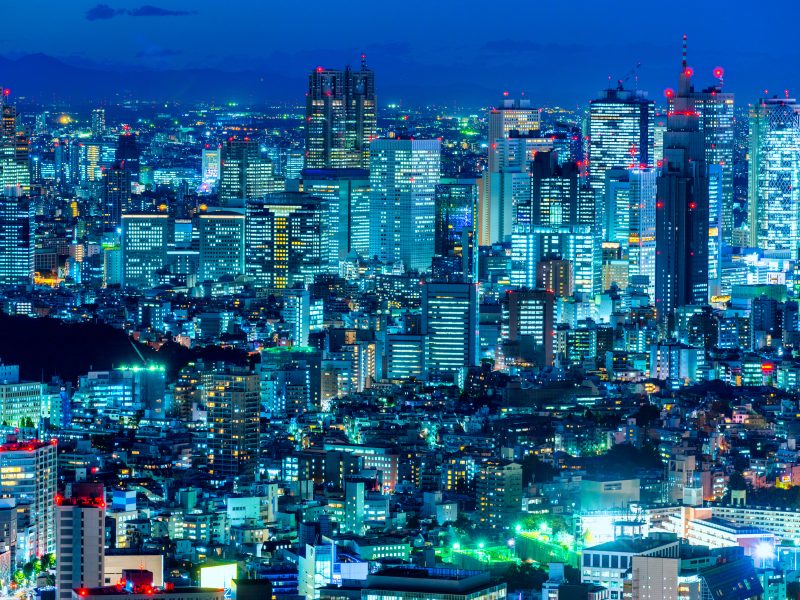Before Tokyo matured into the gleaming, dense city it is today, it was a small fishing village called Edo.
Now home to over 13 million people, the Japanese capital has changed dramatically since its beginnings in the 12th century.
These maps, woodcuts, and old-time photographs show the journey of Tokyo from small village to today.
Tokyo was originally known as Edo, which means “estuary.” In the late 12th century, Edo was fortified by the Edo clan, which built a castle and military capital (pictured below). Some of the estate’s moats and walls still survive to this day.
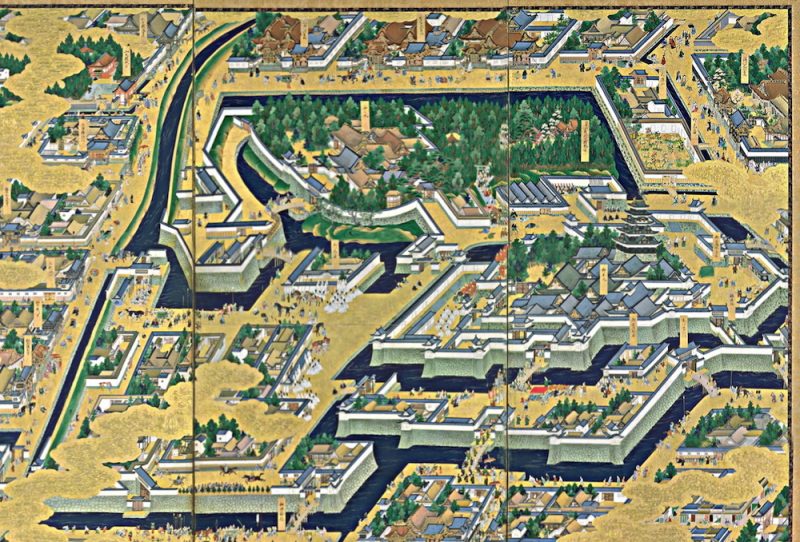
Source: National Geographic and Open Buildings
By the 1630s, Edo had a population of 150,000.
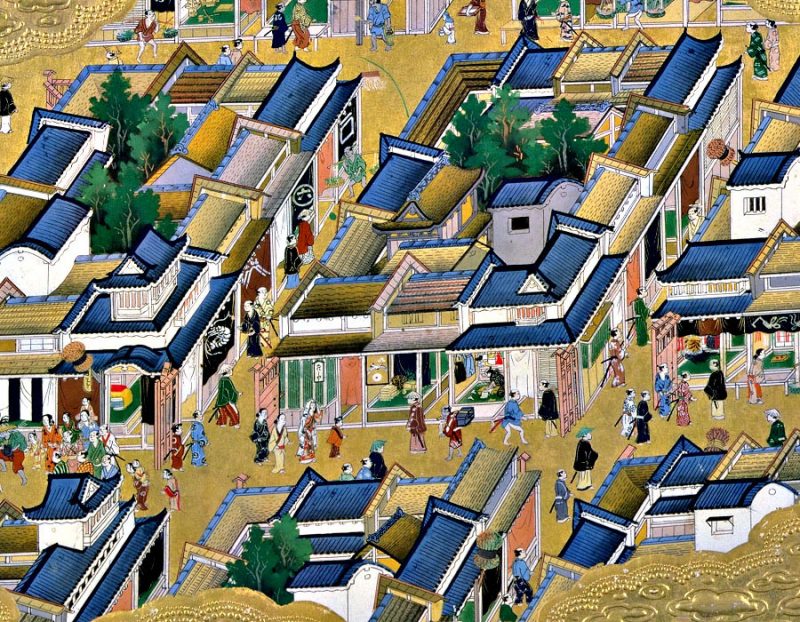
Source: Early Modern Japanese Literature: An Anthology
And over the next century, the small fishing village grew into the largest metropolis in the world, with a million residents by 1721.
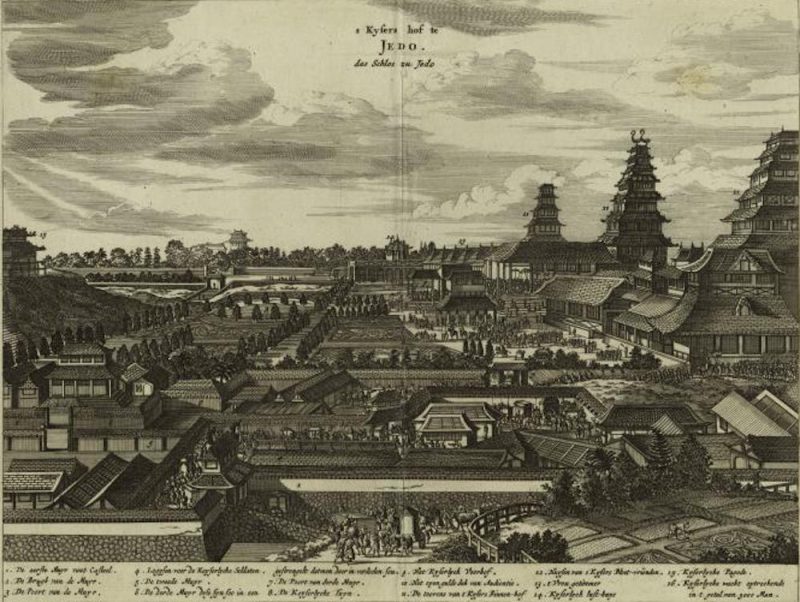
Source: Urban Networks in Ch'ing China and Tokugawa Japan
In the 18th century, Edo became the capital of Japan. During this time, it enjoyed a long period of peace, called the Pax Tokugawa.
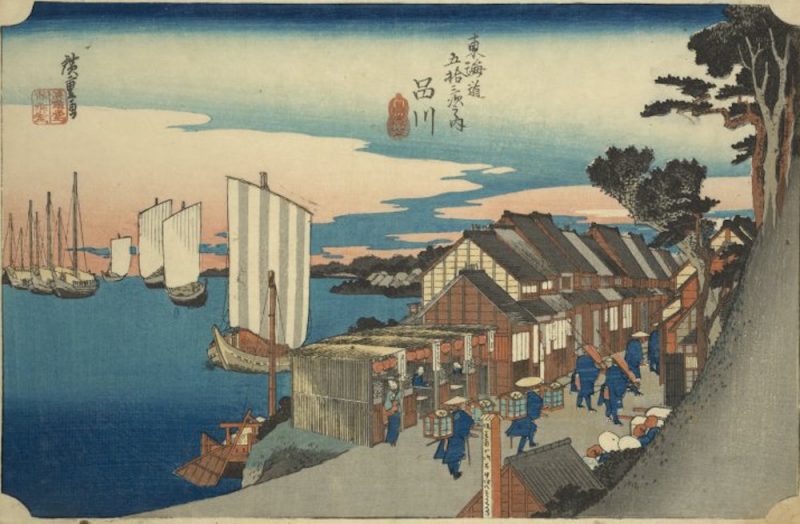
Source: Edo, the City That Became Tokyo
But this ended when American Commodore Matthew C. Perry docked in Edo in 1853. Perry negotiated the opening of two main ports with the Japanese government, leading to severe inflation and subsequent protests from residents.
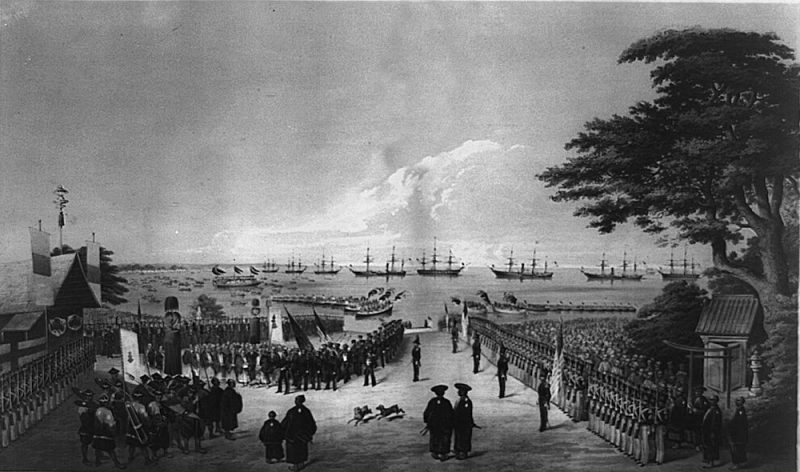
Source: Columbia University
Japan's last shogun, Tokugawa Yoshinobu, surrendered power to Emperor Meiji in 1868. The emperor traveled to Tokyo a year later, and established Edo Castle as the imperial palace.
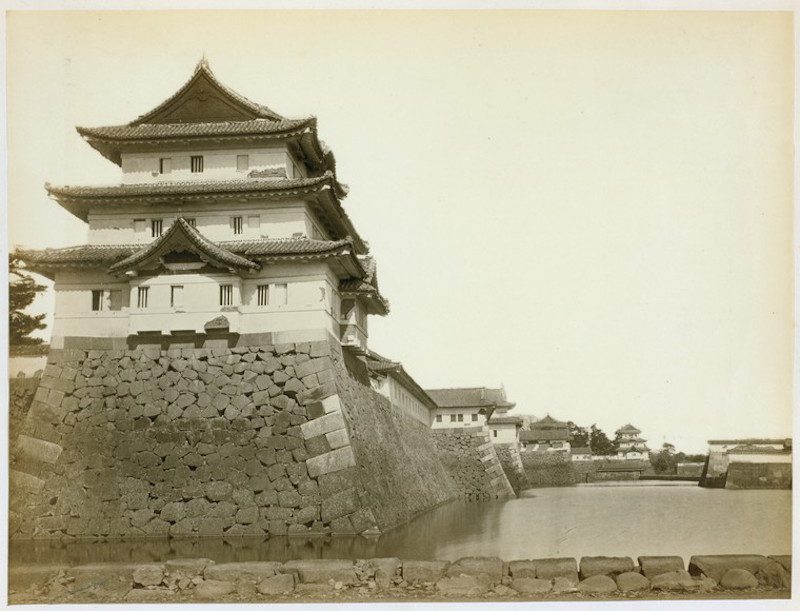
Source: Columbia University and "Japan in the 21st Century: Environment, Economy, and Society"
In January 1873, Japan's Grand Council issued a notice for the establishment of public parks, noting that "in prefectures including Tokyo, Osaka, and Kyoto, there are places of historic interest, scenic beauty, and recreation and relaxation where people can visit and enjoy themselves."

The city opened its iconic Ueno Park, filled with cherry blossoms, in 1924.
Source: Japan's Ministry of Land and World Heritage Encyclopedia
To this day, water lilies still cover a substantial part of Shinobazu Pond, located near the city center. Here it is in a 1910 photo:

Tokyo City, which was already Japan's main cultural and commercial center, was officially established 1889.
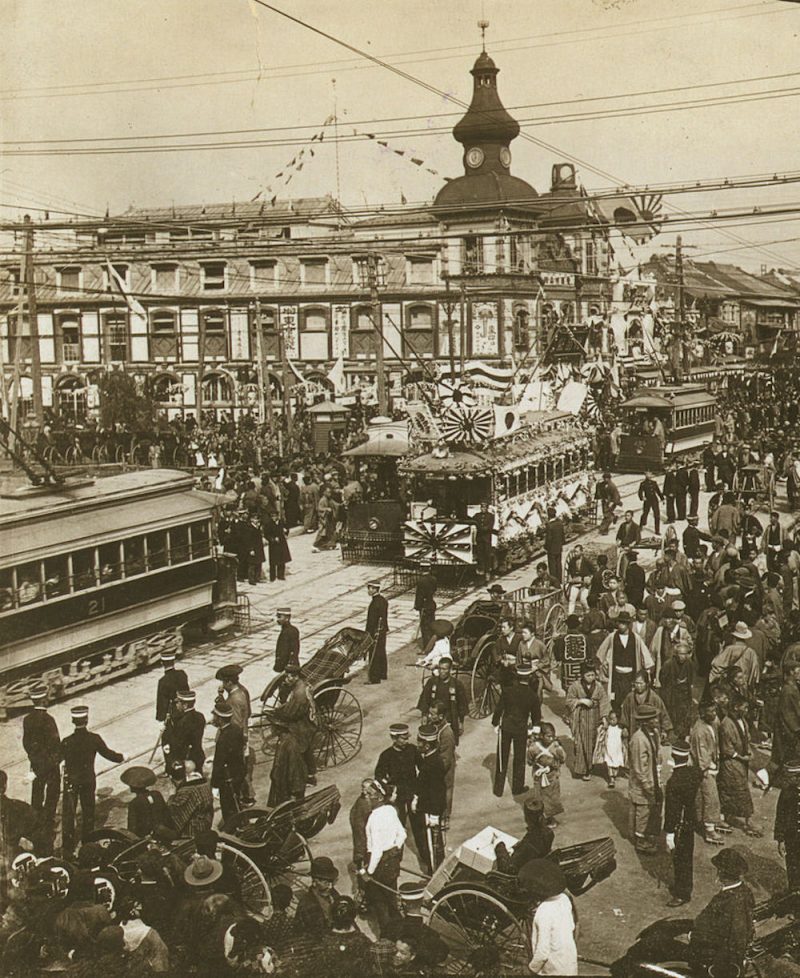
It started industrializing.
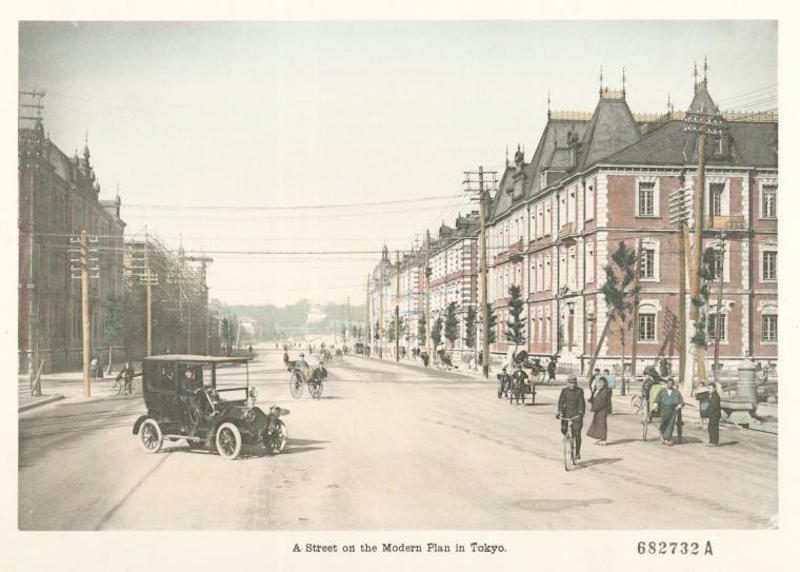
In its masterplan, the city prioritized access to major railway stations rather than large highways. This encouraged density.

Source: Japan Railway and Transport Review
Tokyo also developed a network of canals in the early 20th century. Boats would distribute goods to the wharfs, warehouses, and factories on the canals' edges.
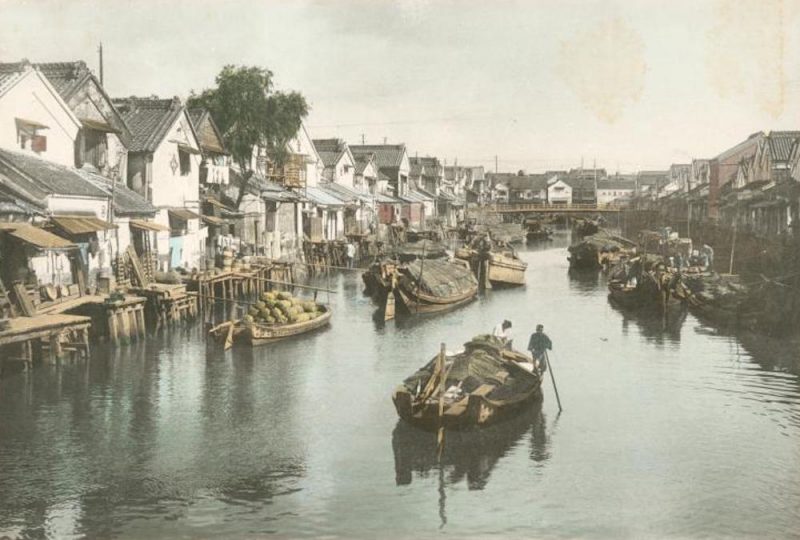
Source: Go Tokyo
Tokyo's first tram lines opened in 1903, and the city's main train station — which serves high-speed rails today — was completed in 1914. The top photo shows the station under construction, while the bottom photo shows it soon after its opening.
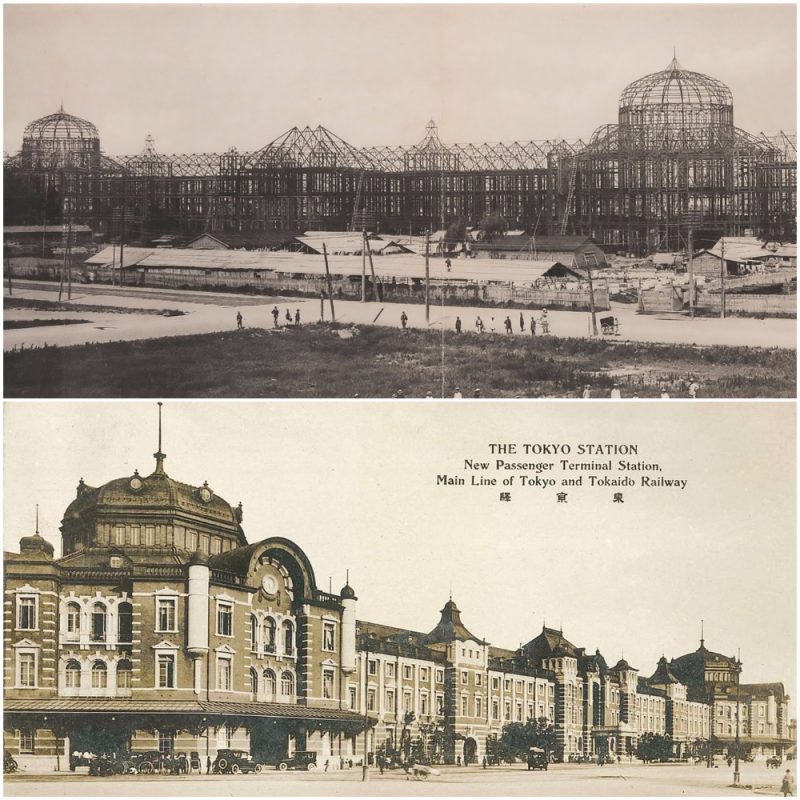
Source: "The Making of Urban Japan"
Tokyo's population kept climbing. By 1920, it reached 3.7 million.
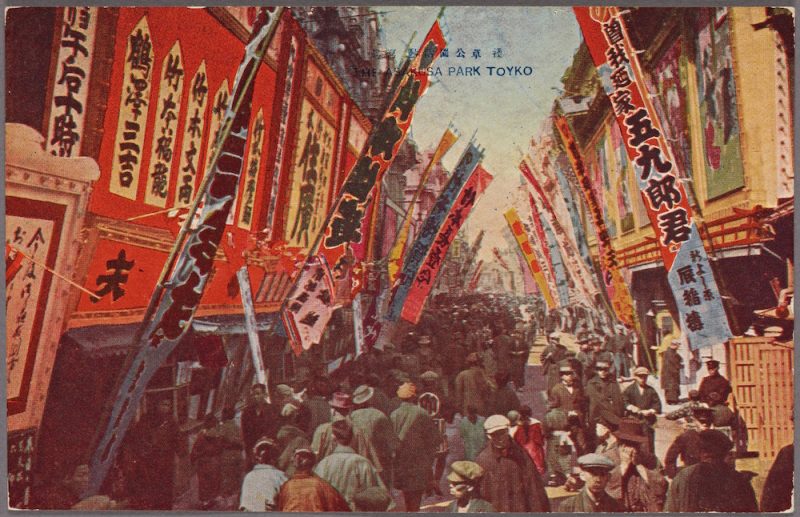
Source: Tokyo Metropolitan Government
Two major catastrophes hit Tokyo in the early-to-mid 20th century: the 1923 Great Kantō earthquake and World War II.
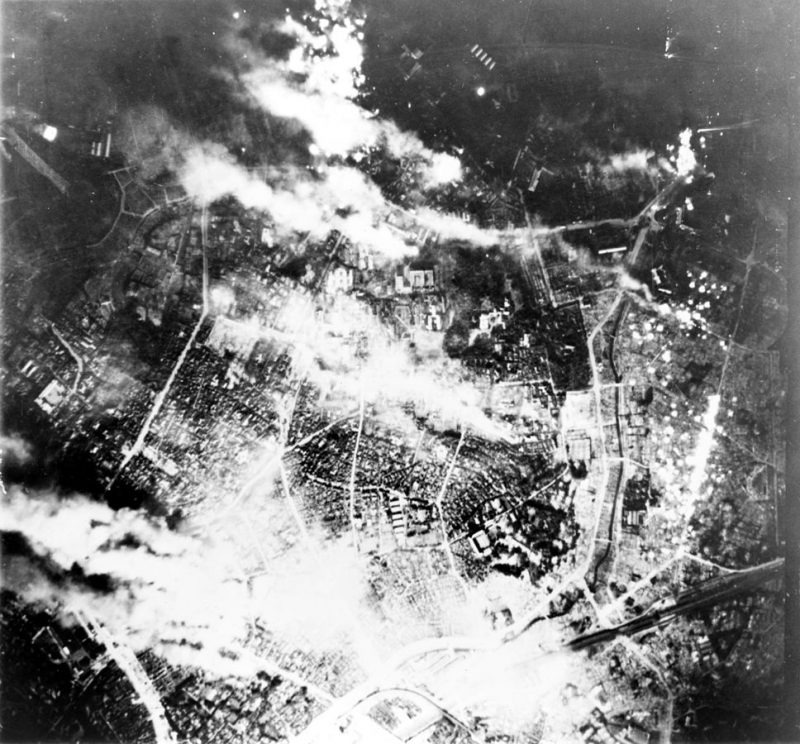
Despite the extreme loss in life and infrastructure, the city slowly recovered over the next few decades. Here is a street in Tokyo's theater district in 1930 ...
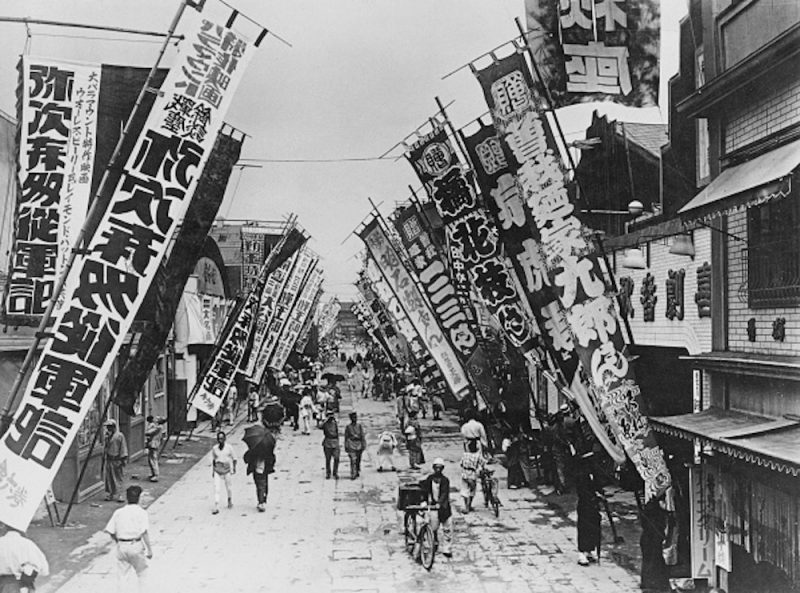
... and the Asakusa temple, also in 1930.
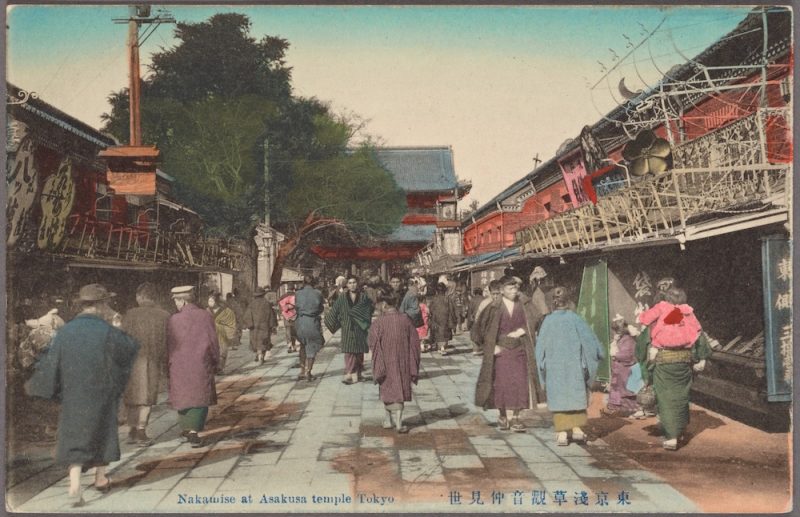
Today, Tokyo is still the world's largest city, with a population of approximately 13.5 million.
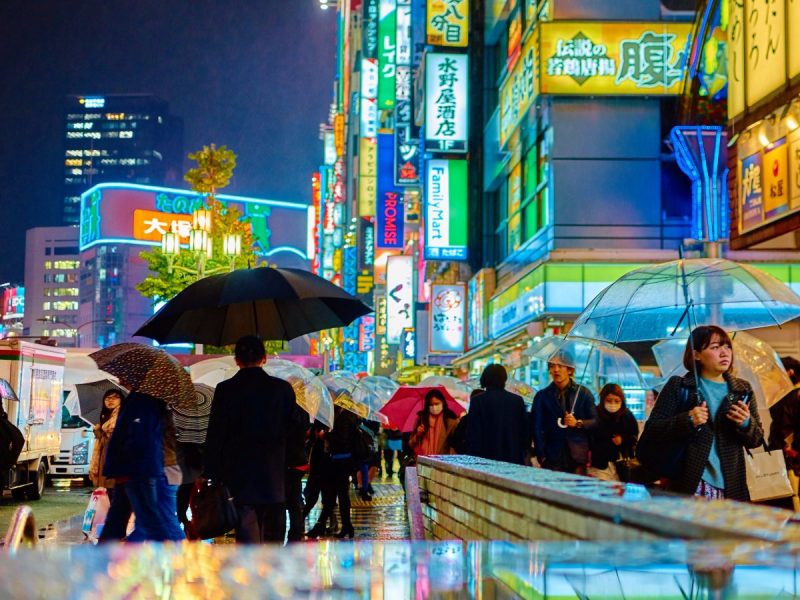
Source: Japan Times
Now a bustling metropolis with some of the world's tallest towers, Tokyo has come a long way since its humble beginnings as a seaside village.
